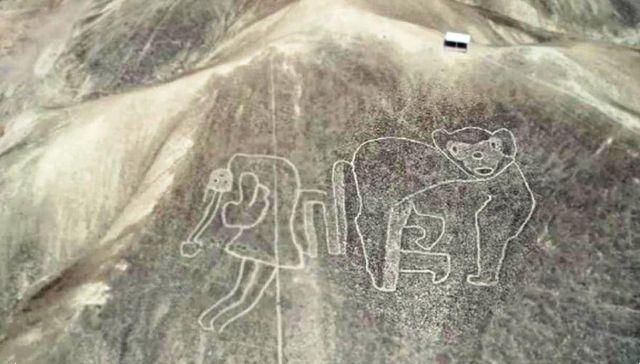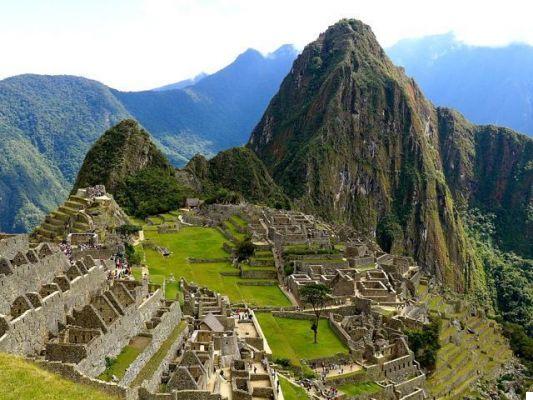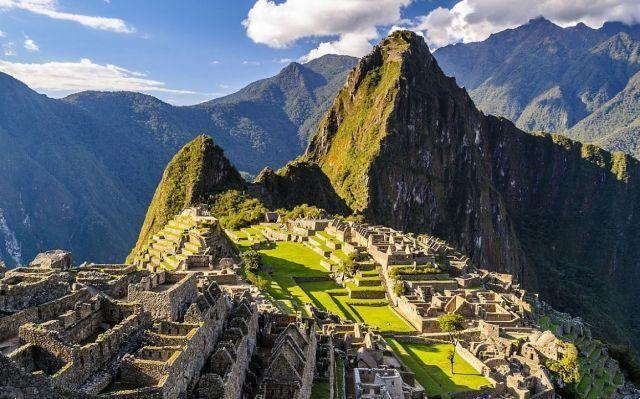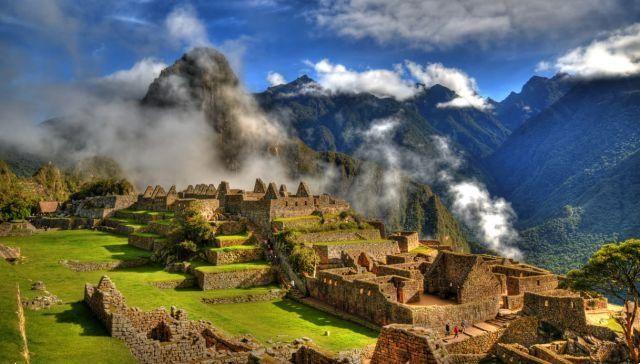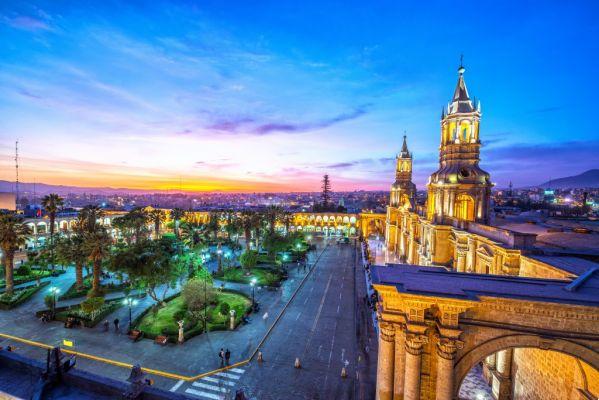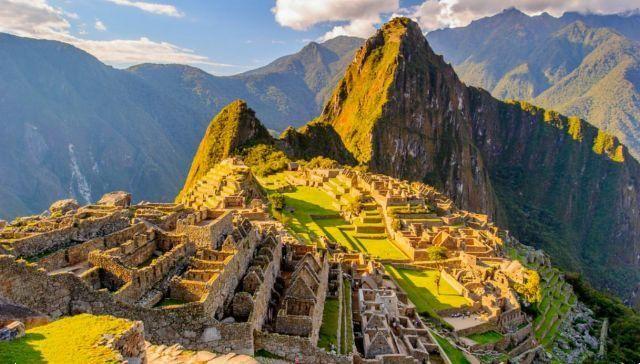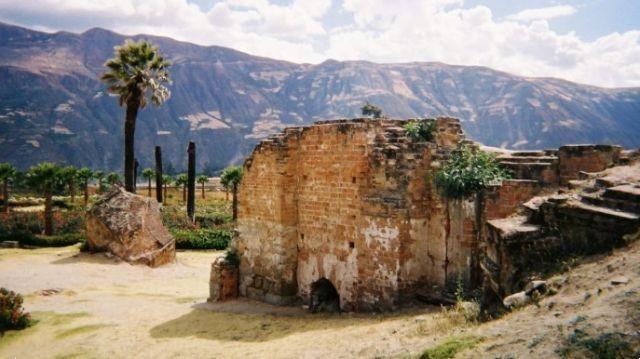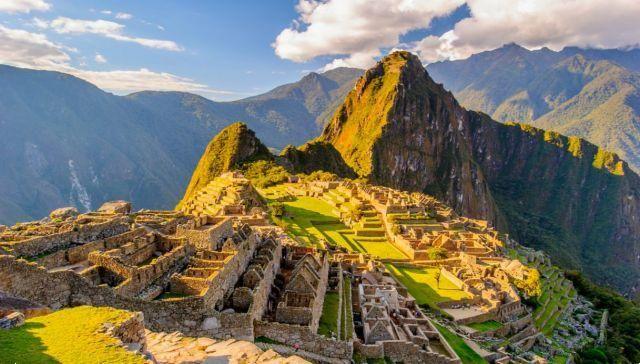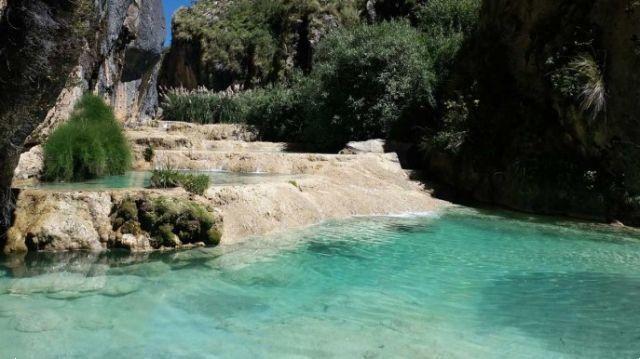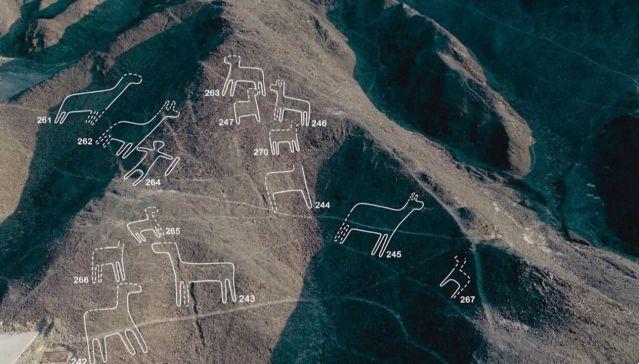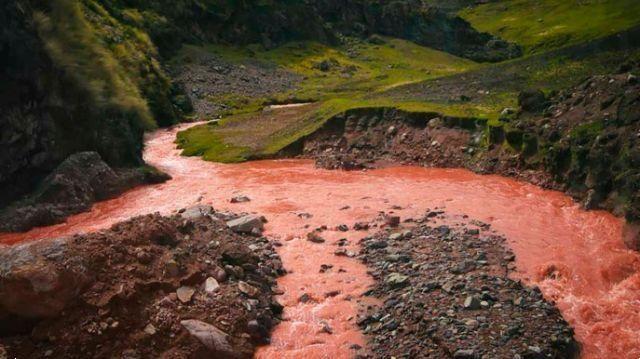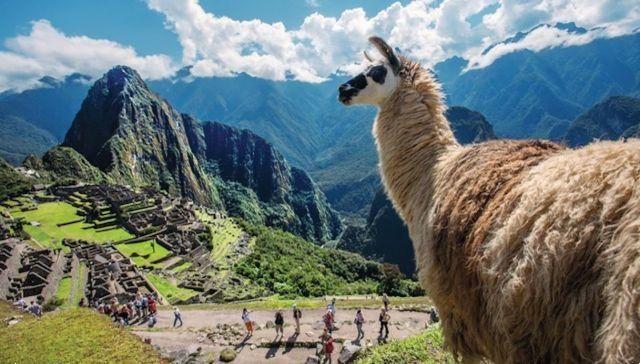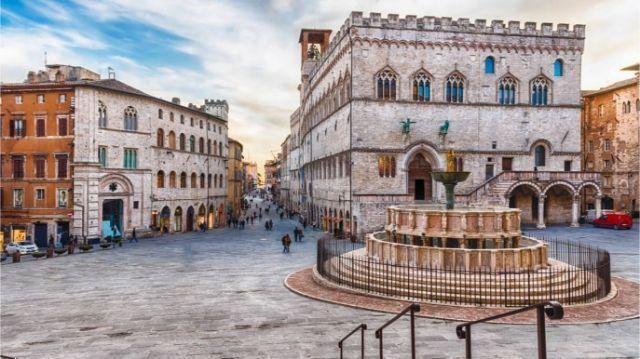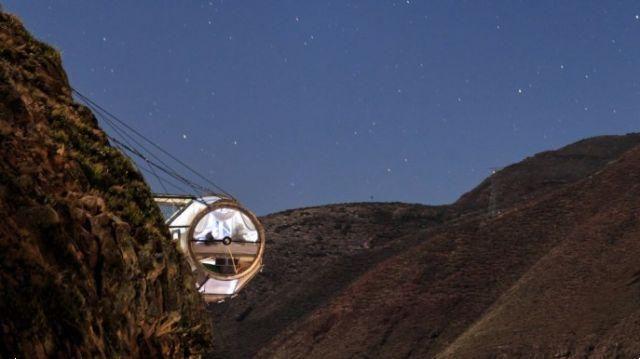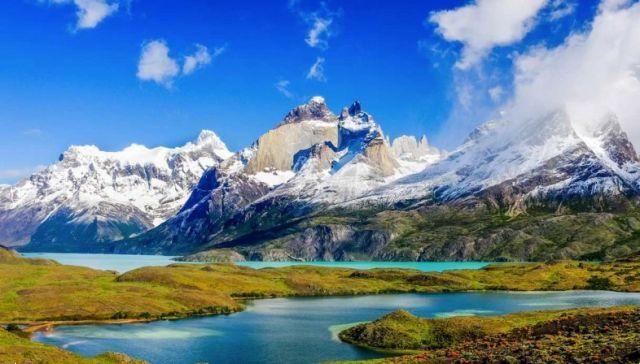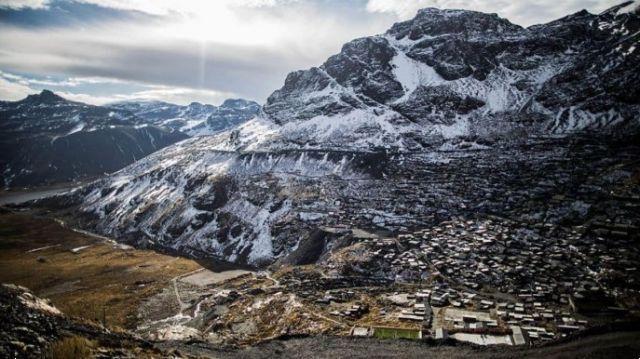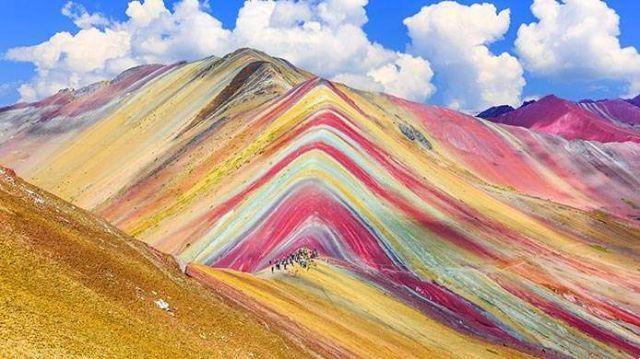In southern Peru, between the city of Nazca and that of Palpa, there's a arid plateau about eighty kilometers long. And the Nazca desert, and is the cradle of a mystery: in fact, the Nazca lines, world-famous hieroglyphics composed of over 13.000 lines, for a total of 800 drawings.
Among themselves, above all stylized animals: condors, hummingbirds, monkeys, a 45 meter spider, a 180 meter lizard, fish, whales. And then, the last to be discovered: a mysterious animal, identified by a group of Japanese archaeologists, with a spotted body, a dangling tongue and an enormous number of legs.
Probably made between 300 BC. and 500 AD, the Nazca lines are today World Heritage Site. To trace them, the local population removed stones rich in iron oxides from the surface of the desert, in contrast with the lighter crushed stone. What preserved them intact, and delivered them to the present day, was the climate of the area. An arid climate, almost never windy.
But what were these lines for? Over the years, different interpretations have been given. They were supposed to be a form of worship, having astronomical significance (the monkey would be the Big Dipper, the dolphin and the spider the Constellation of Orion), which were a sort of message for the gods.
However, modern studies have identified a more practical function. Which has to do with water. Recently, a team of Italian researchers - thanks to satellite images - analyzed the most famous and most recently discovered drawings, found a few kilometers from Cahuachi, the religious capital of the Nazca civilisation. The hypothesis is that some of these lines - especially the zigzag and meandering ones - were used to show pilgrims the way to the ceremonial city. Others, however, converge towards the four most famous pyramids in the area.
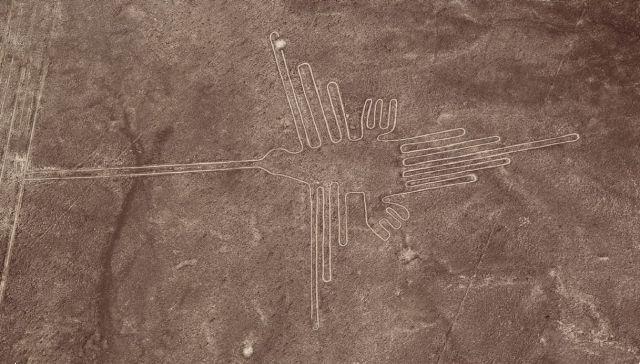
Source: iStock
But the Nazca lines would also have another function, perhaps even more important. Many of them they follow the path of the "huaicos", the traces of ancient floods made of mud and debris: it is as if - by representing a river landscape - the Nazca wanted to maintain a harmonious relationship with the gods, so as to avoid those calamities.
But there's more. Last year, a Cnr researcher, the electronic engineer Rosa Lasaponara, identified new constructions dating back to ancient civilisation: gods wells (or, better, spiral-shaped holes), called “puquios”, from which men fished the water that flowed underground and then distributed it to the surrounding land.
The Nazca lines - with their dolphins, orcas and fish - refer precisely to water, which is a symbol of life and power for those who "own" it: the Nazca had the ability to find it, the water, and to attract so do the peoples of the surrounding territories. Who, in Cahuachi, came there for its religious significance but also for the fertility of the place.
